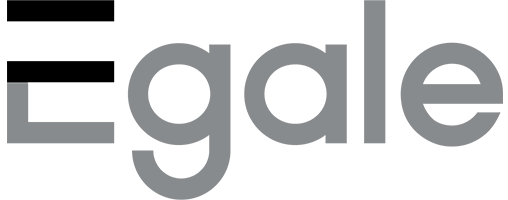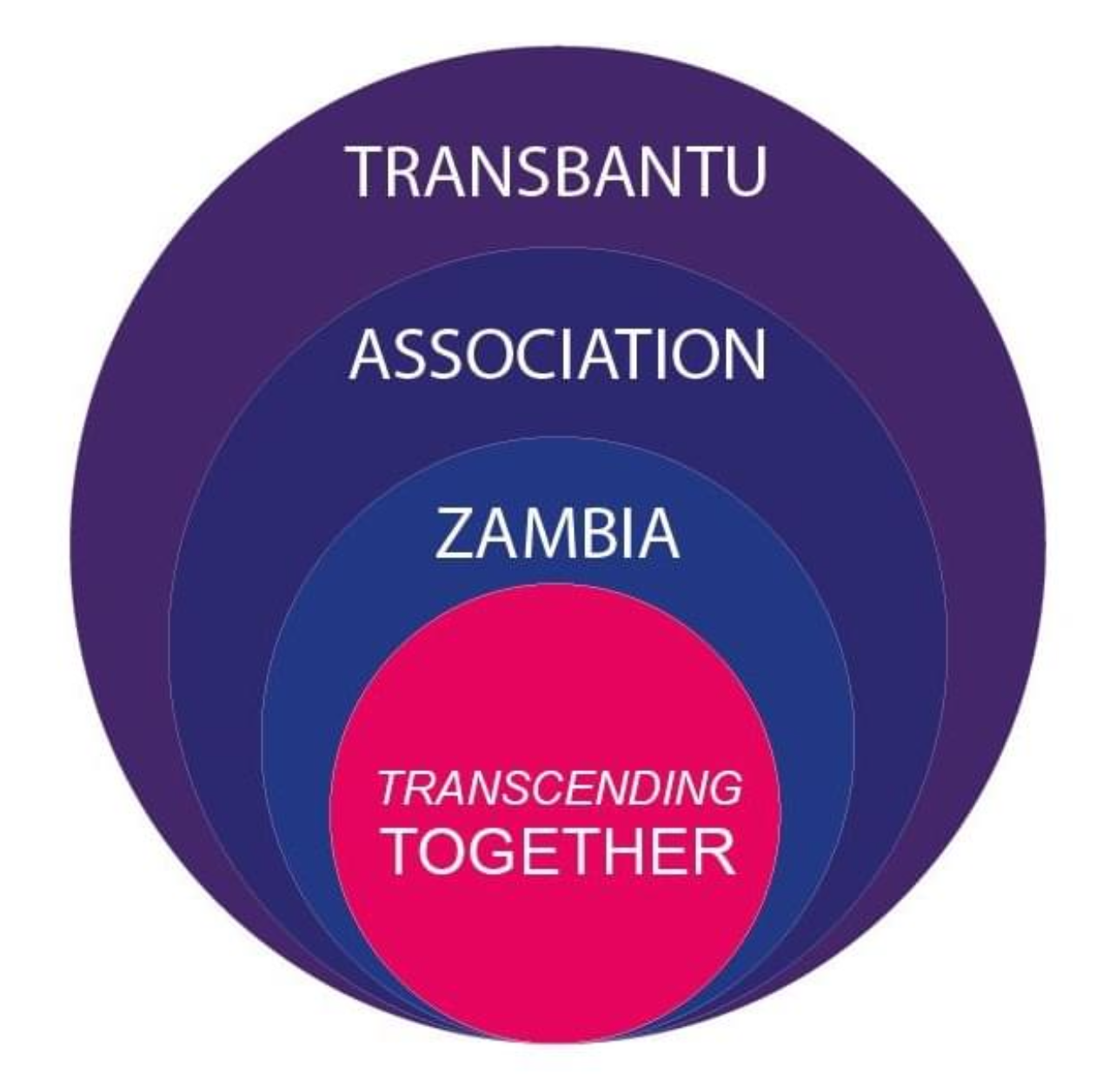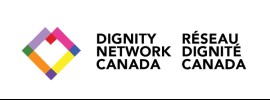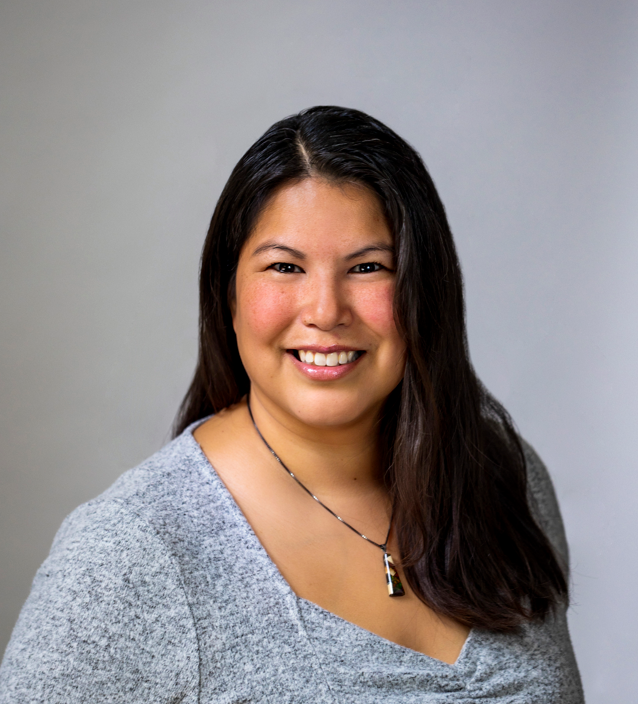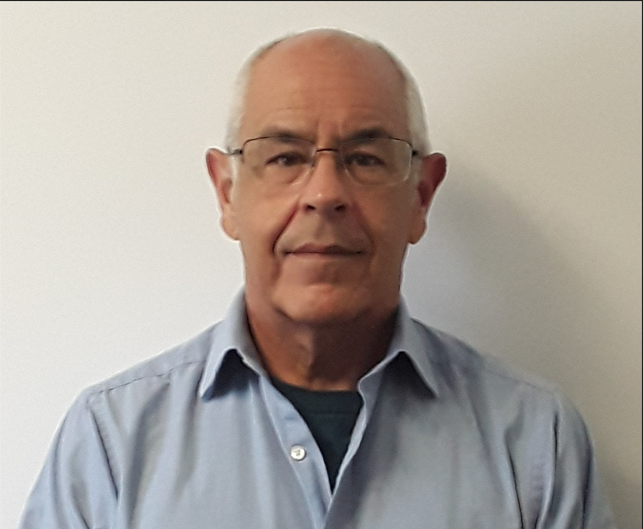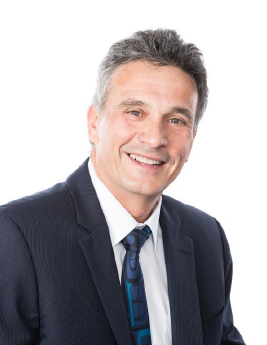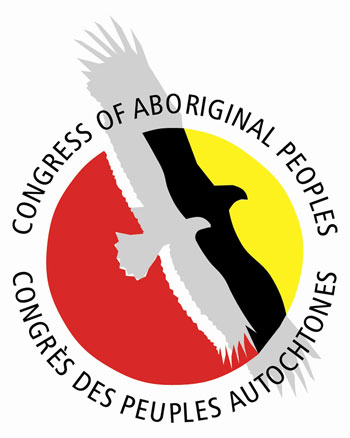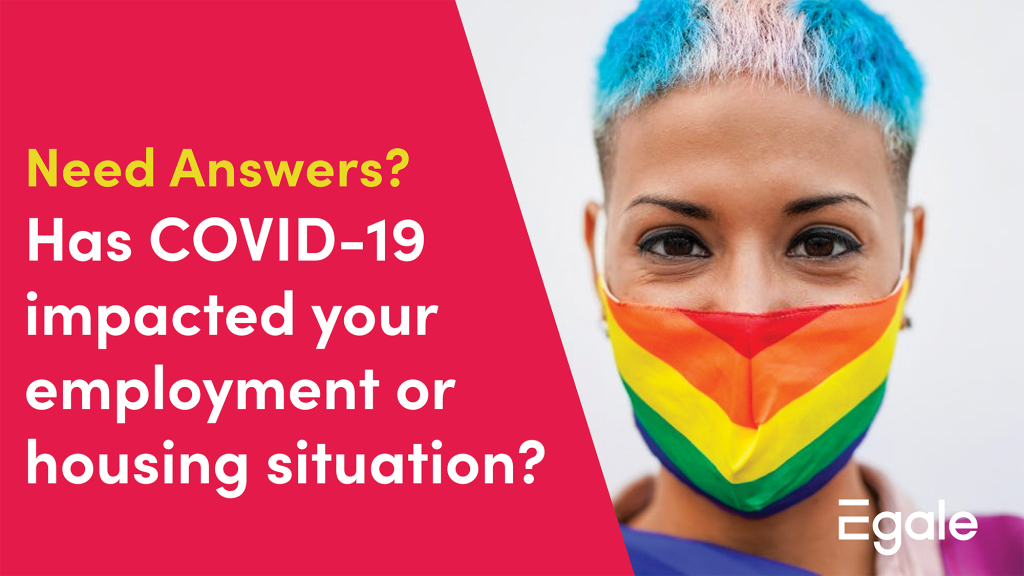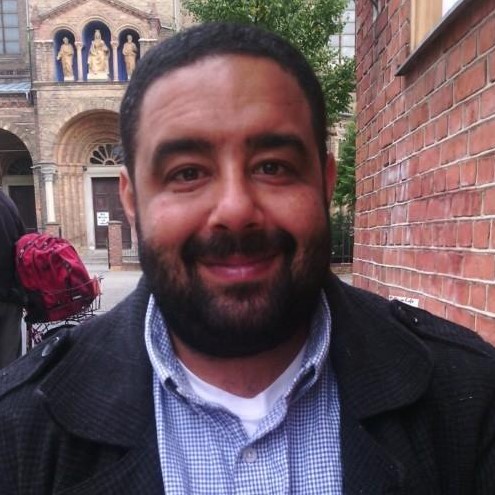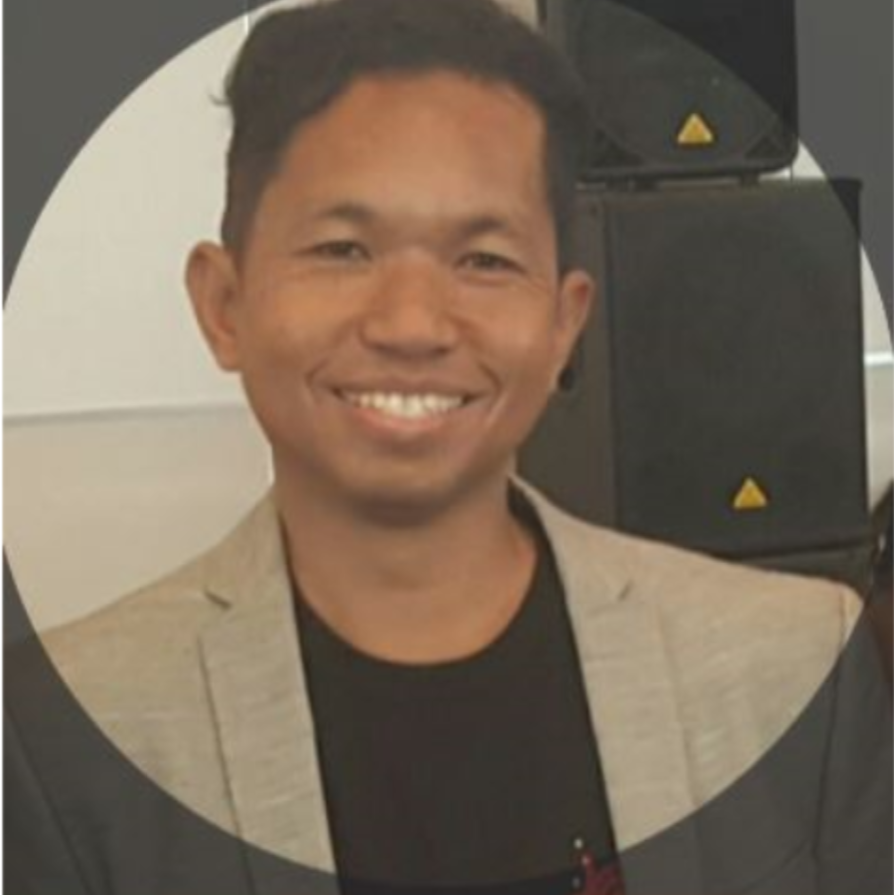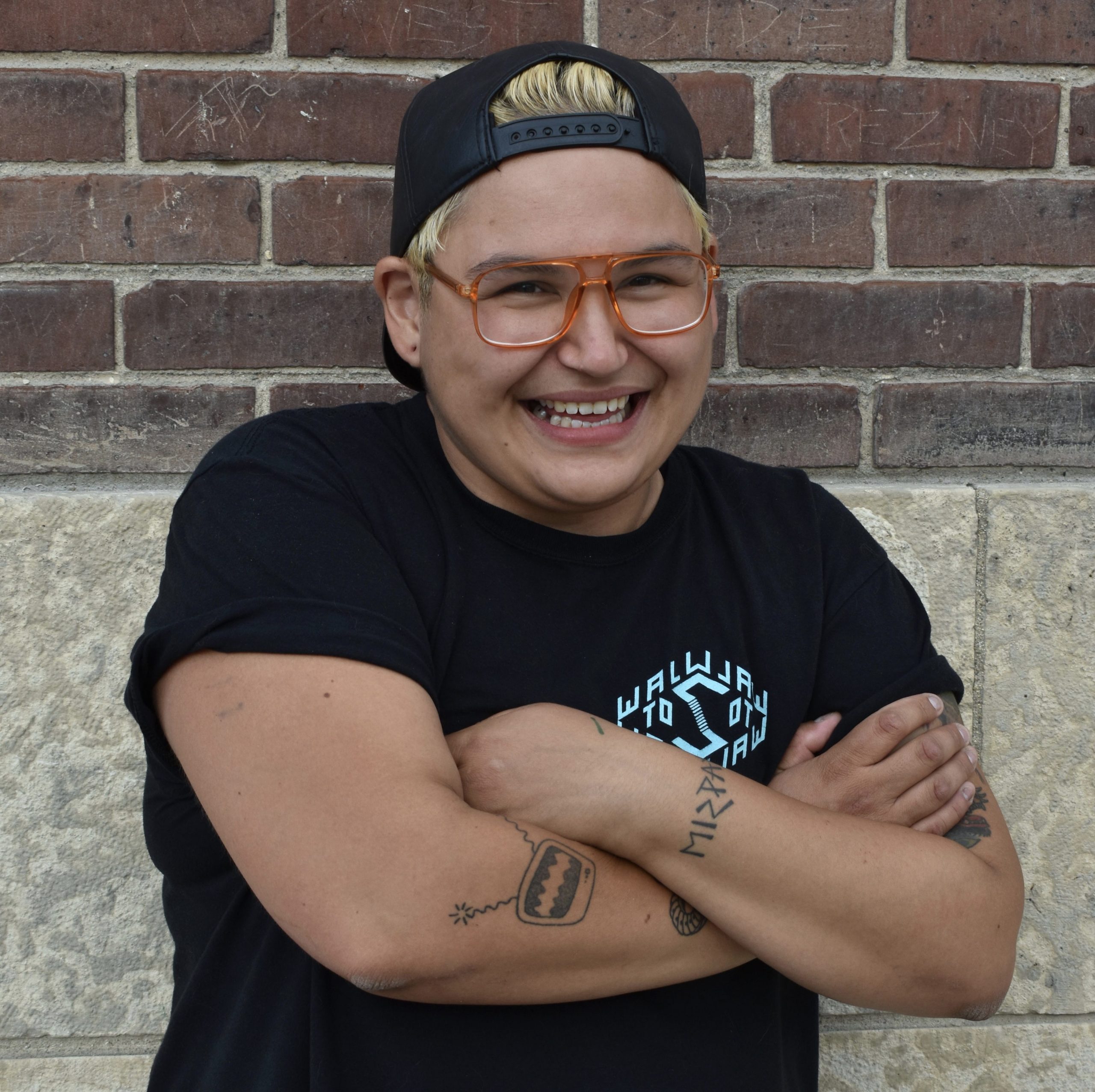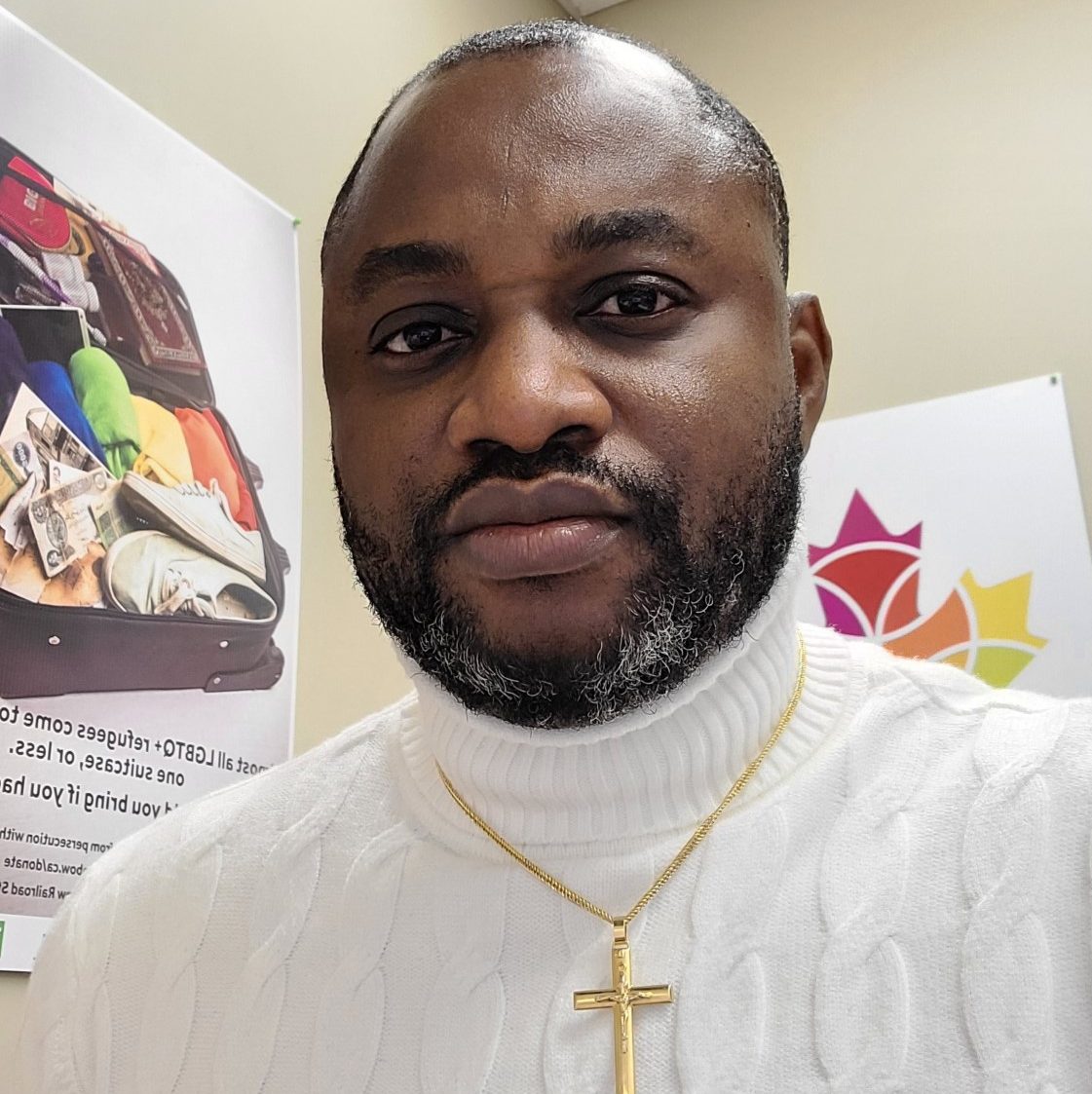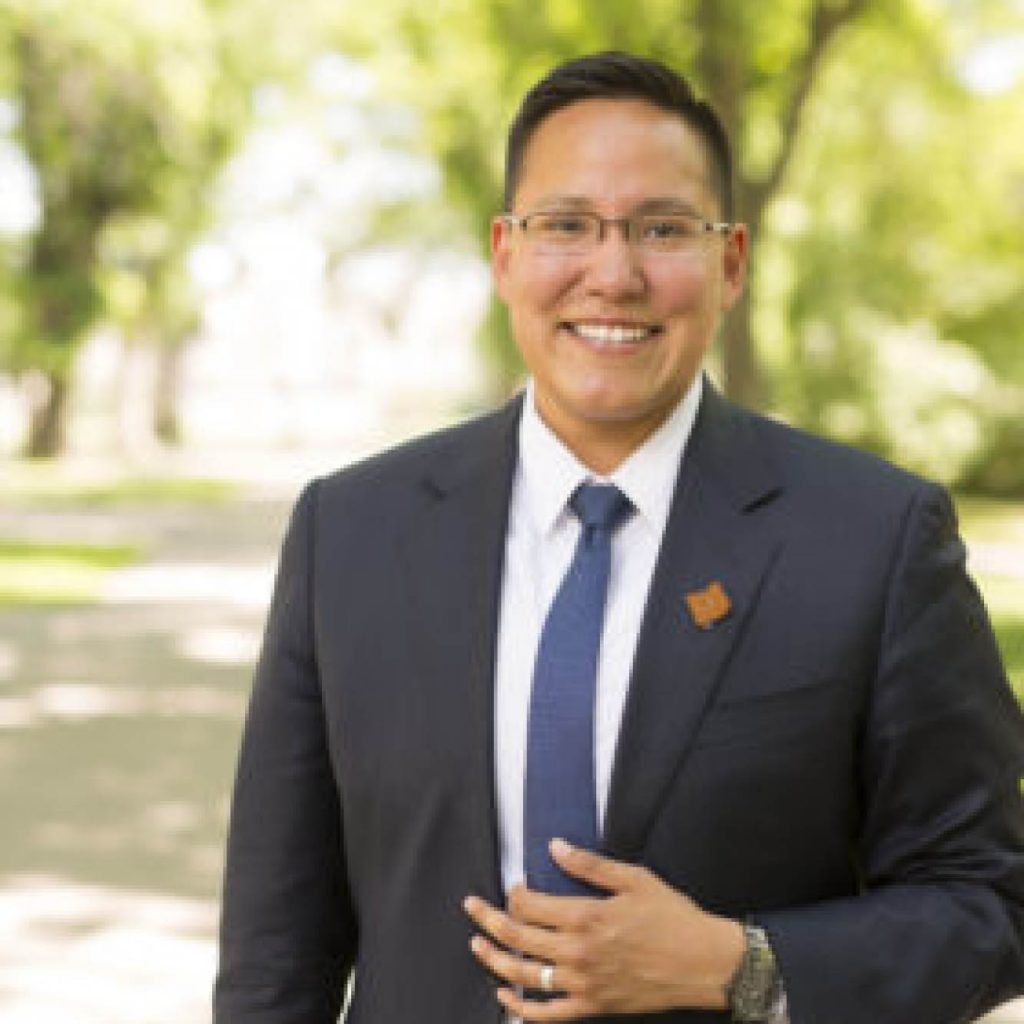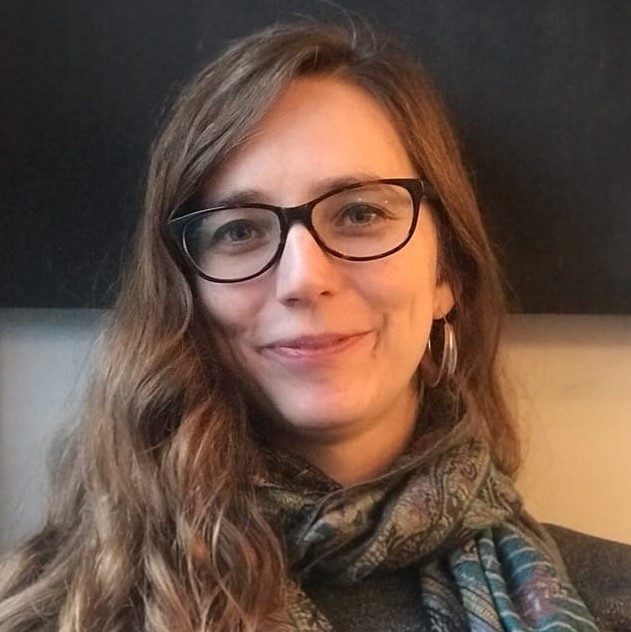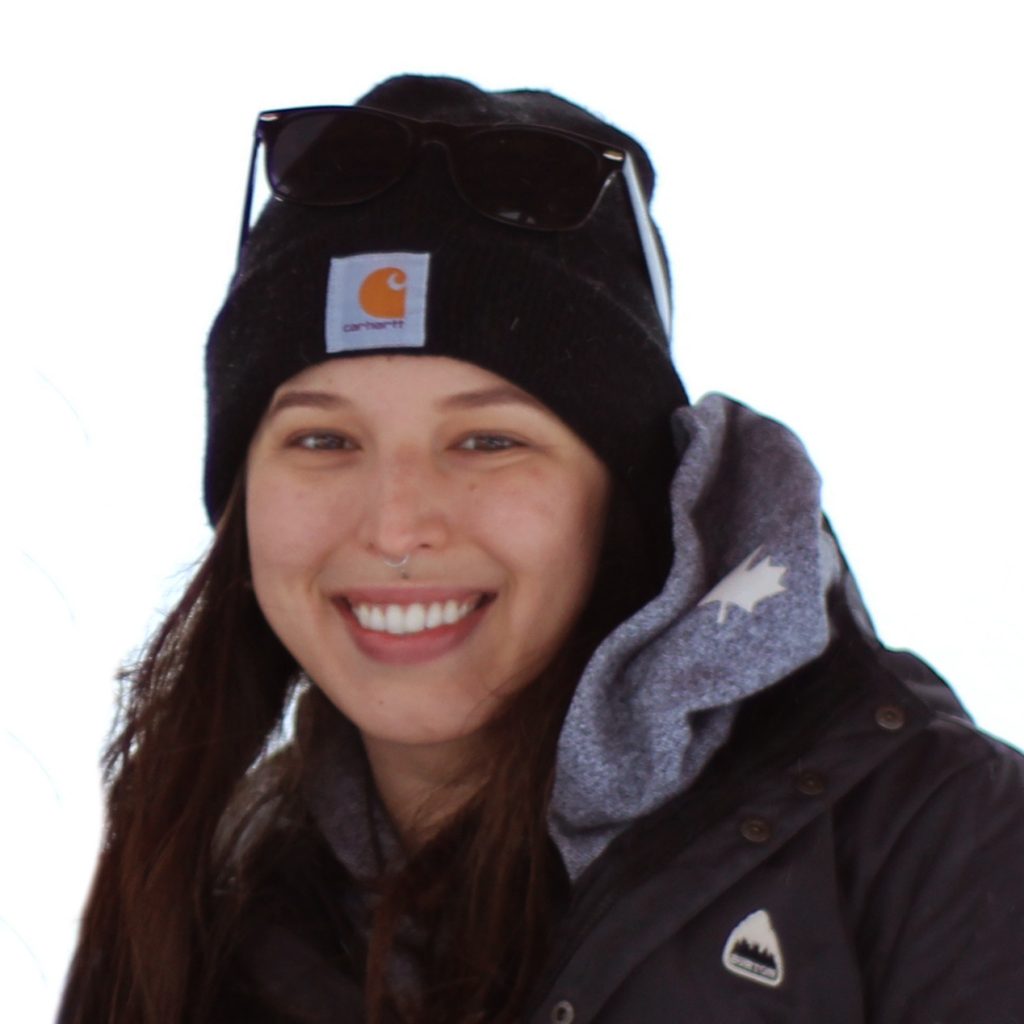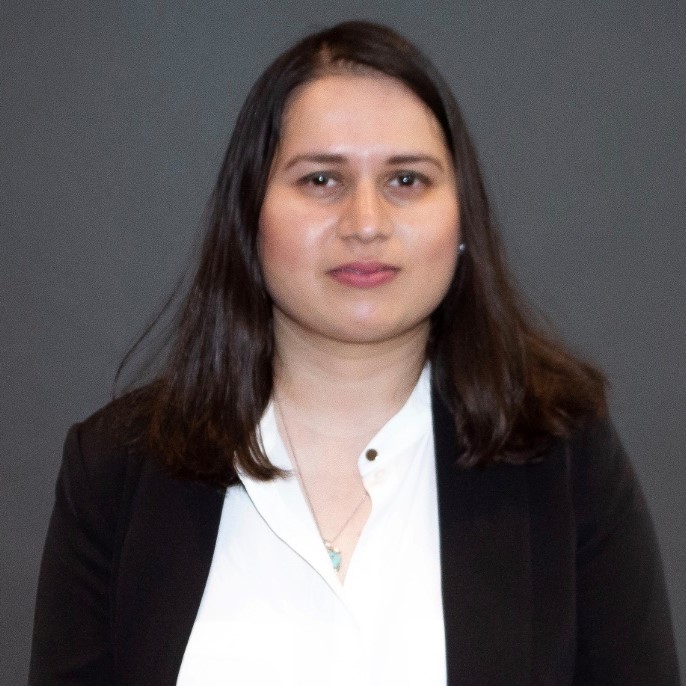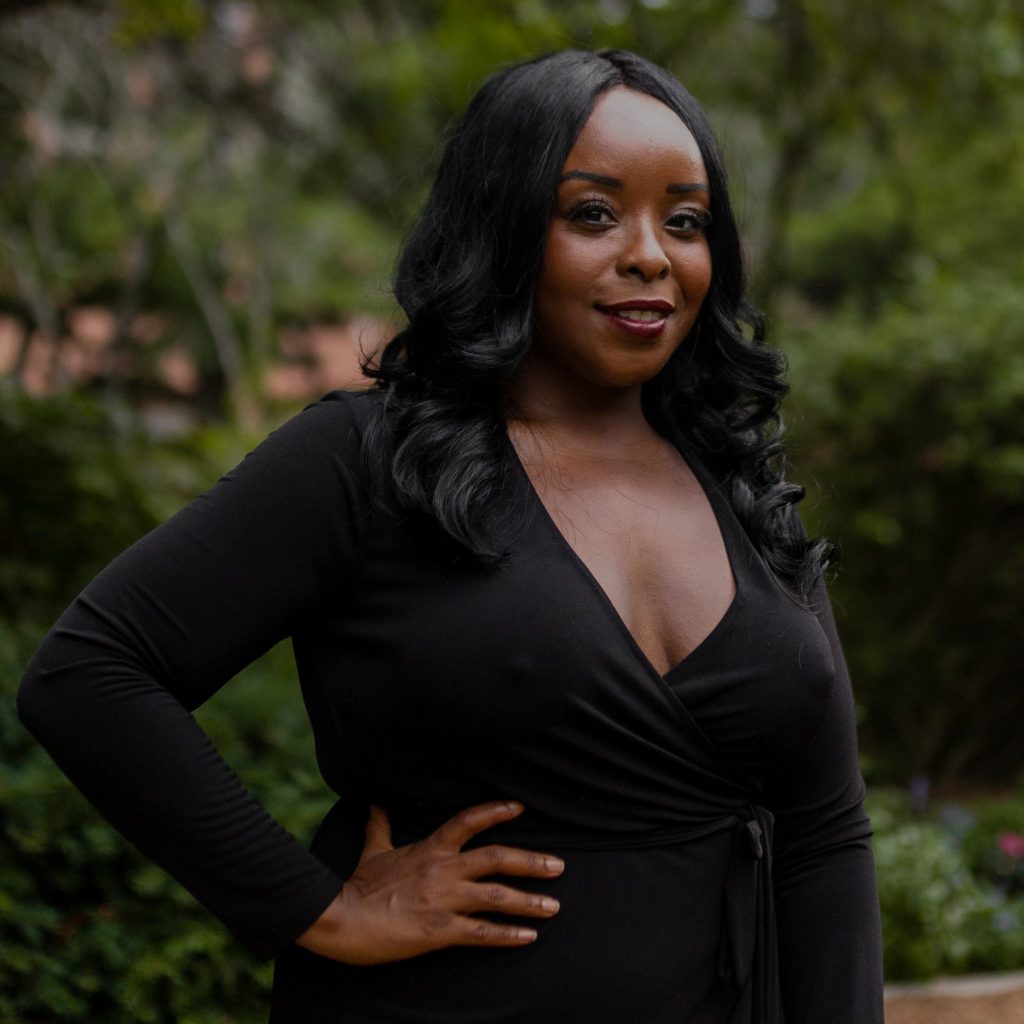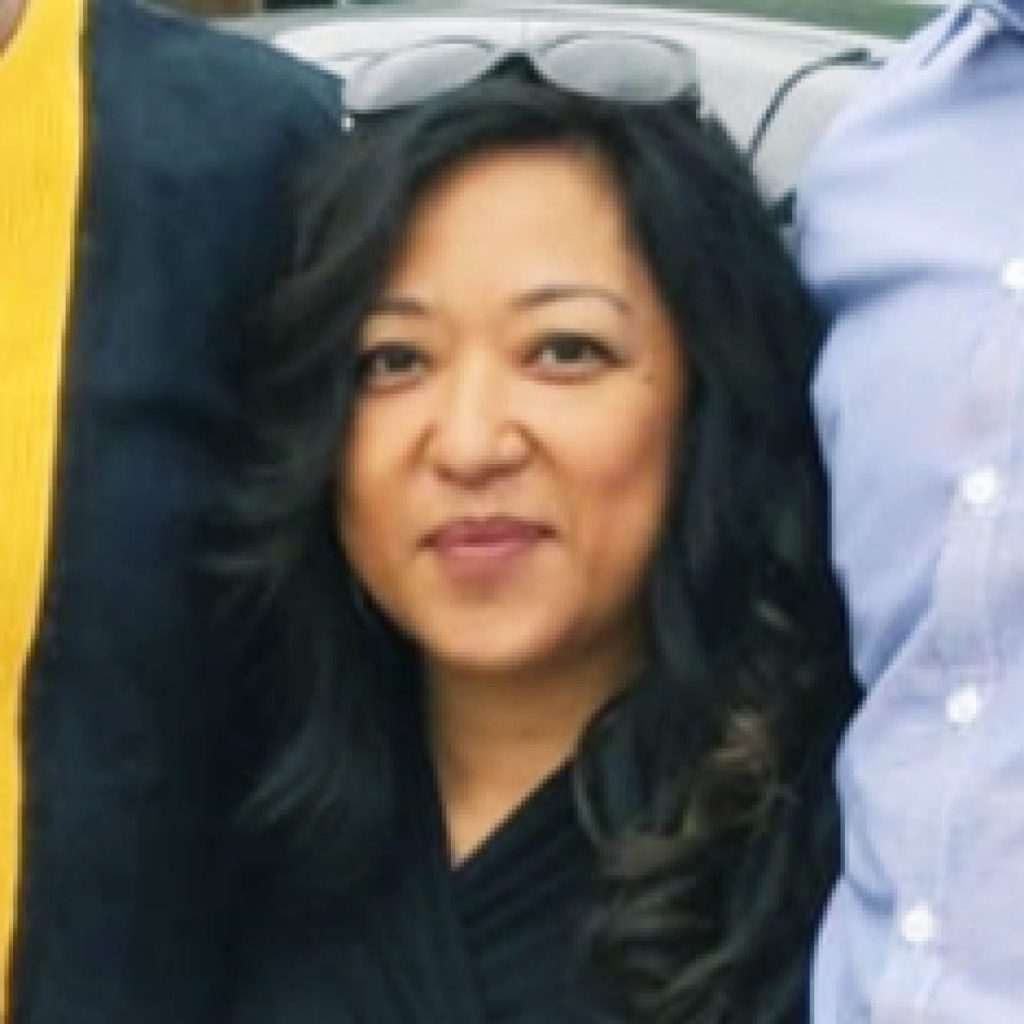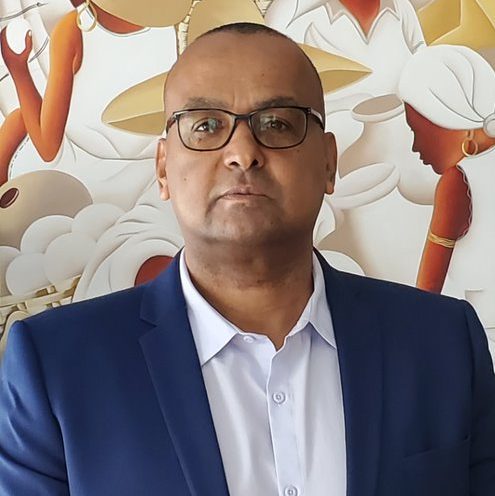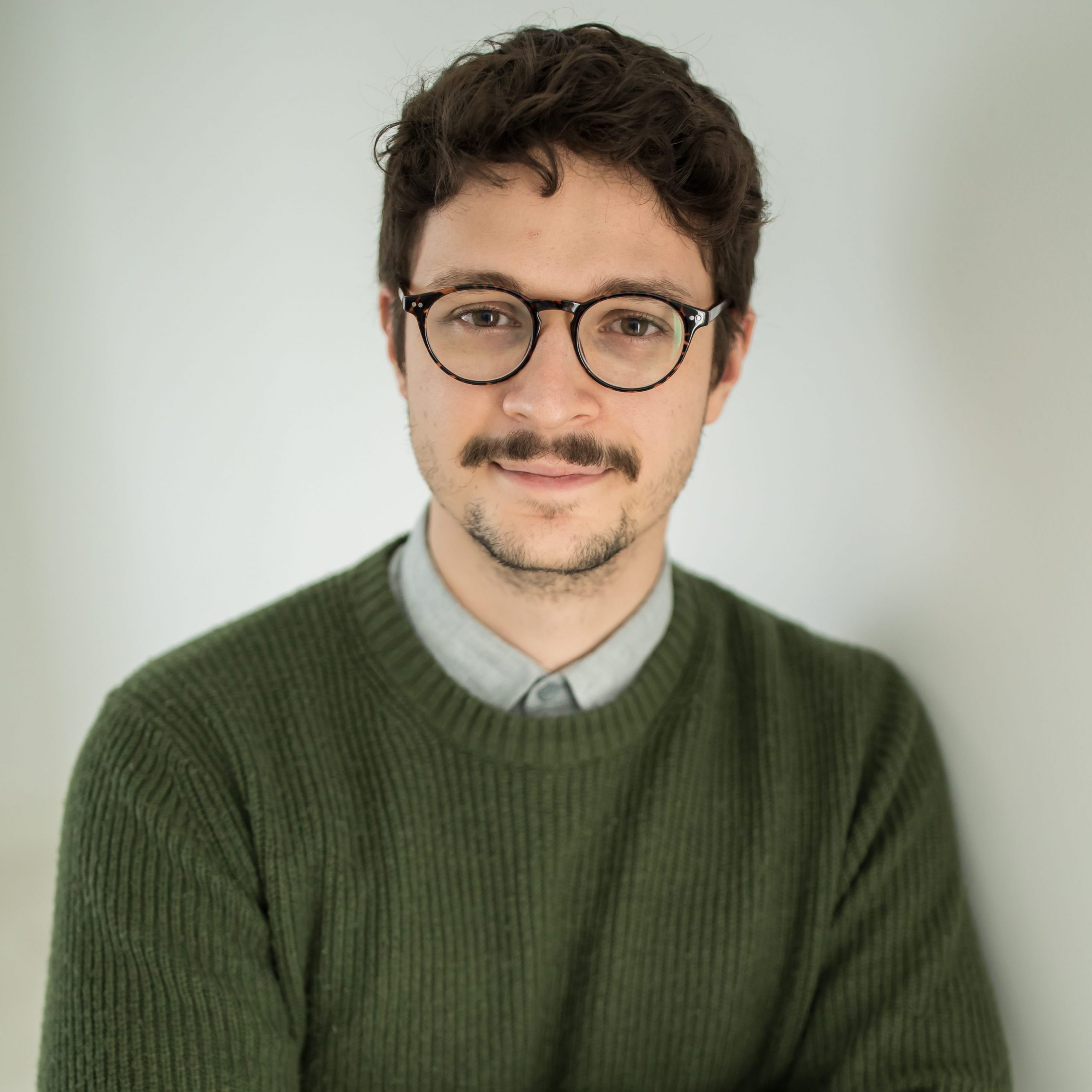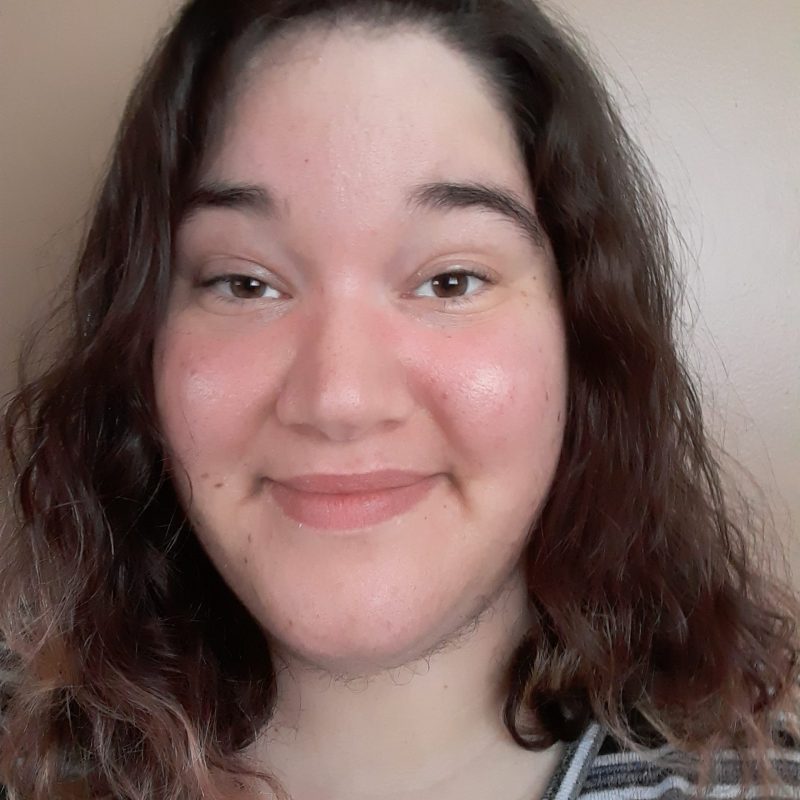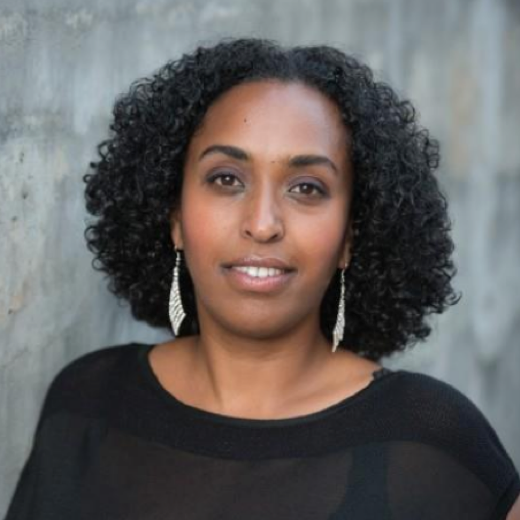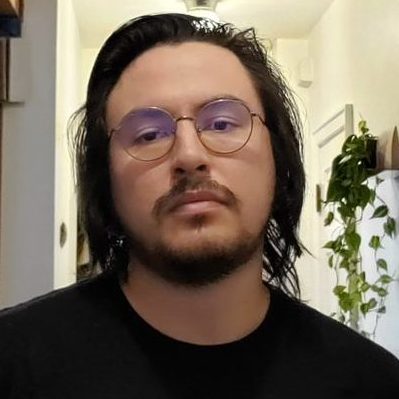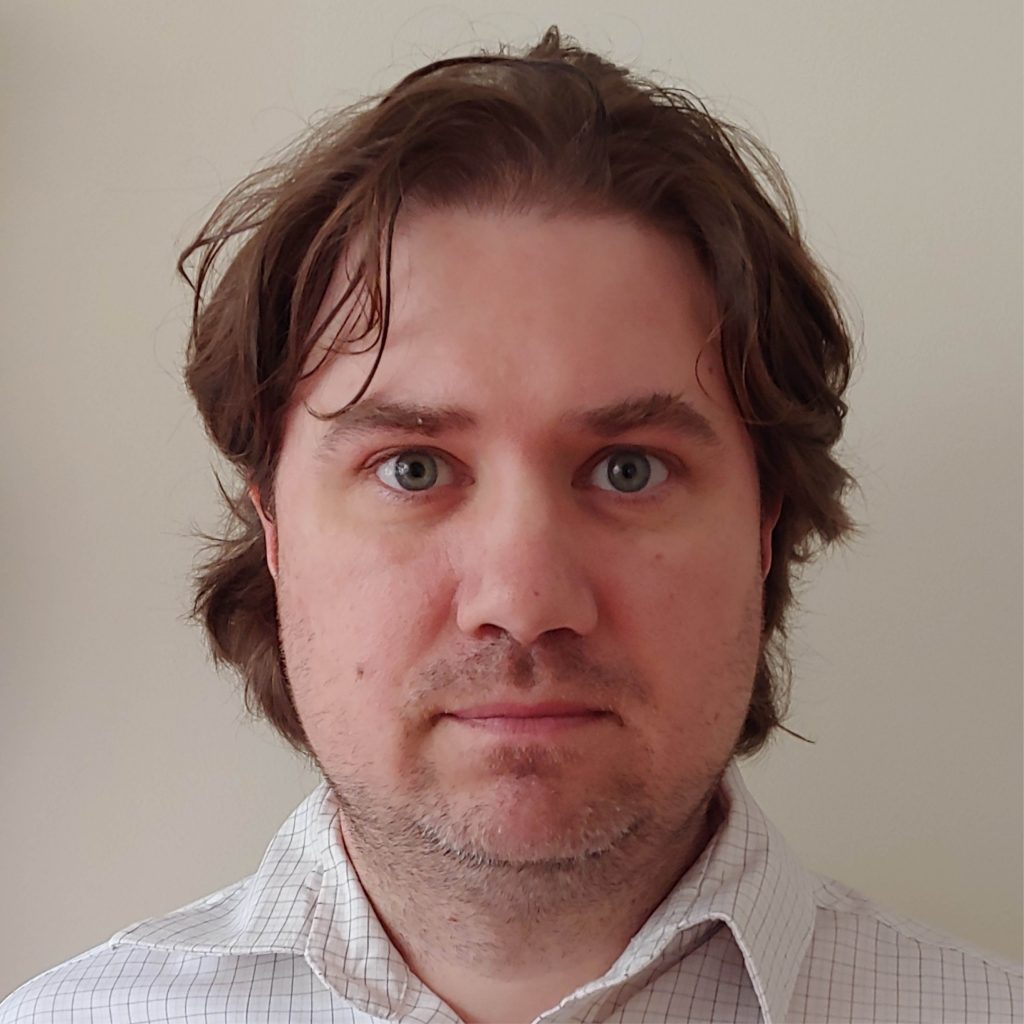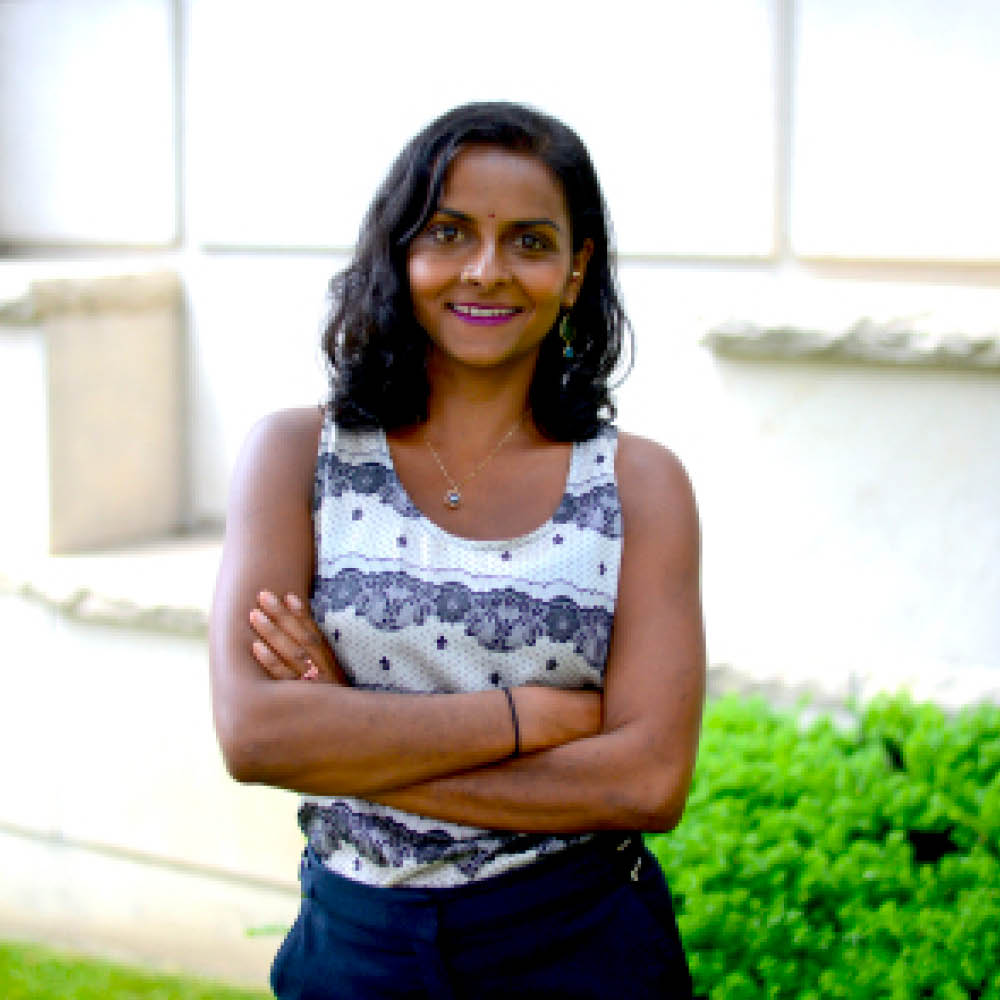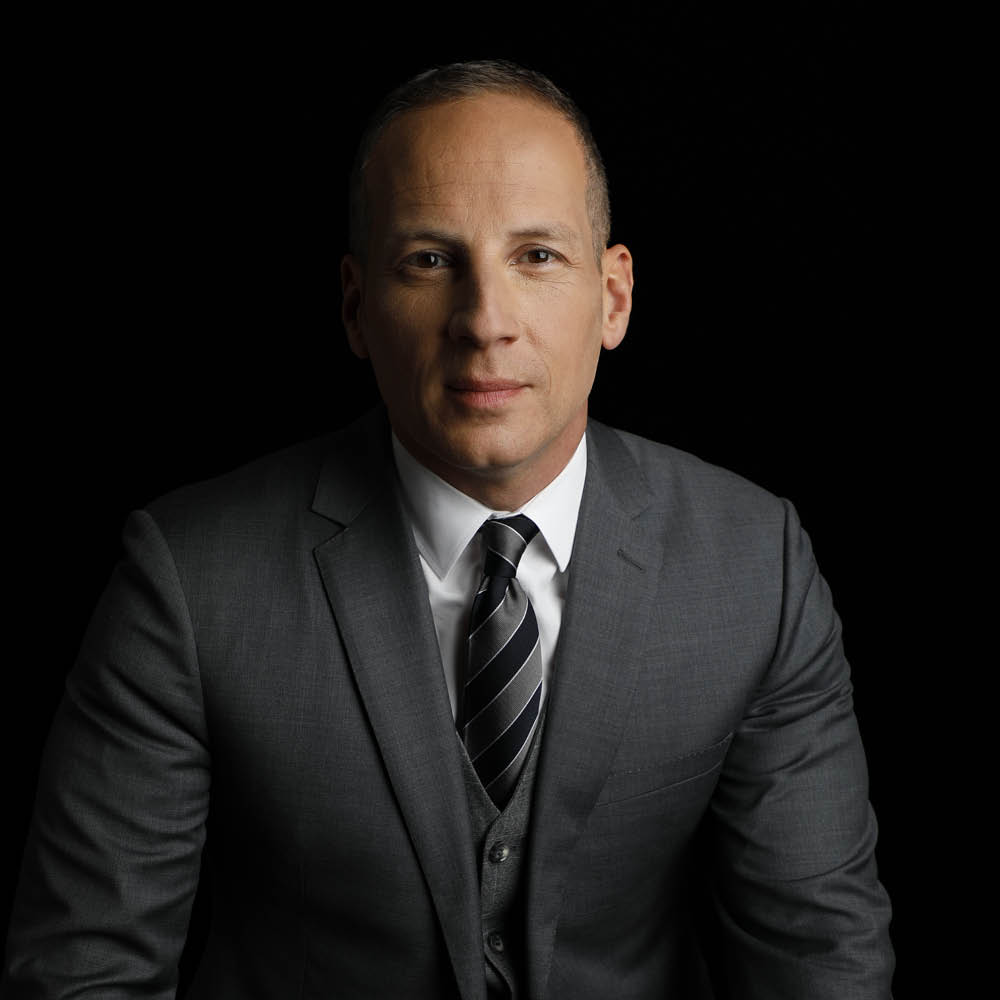
Free Webinar from
Egale Canada & TransBantu Zambia
Learn About Trans and Intersex Community-based Research in Zambia
TransBantu Zambia’s Executive Director, Sean Reggee will be joined online by three members of the TransBantu Zambia (TBZ) team that have been working on community-based research initiatives supported by Egale Canada and the Act Together for Inclusion Fund (ACTIF). For the last two years, TBZ has been conducting desk research and qualitative exploratory research, as well as content analysis of human-interest stories related to the reporting of gender identity and issues affecting trans and intersex people in Zambia.
Training in Ethnography has also been provided to community members and TBZ staff to better understand the social, economic, legal, and political environments of trans and intersex persons. To increase the efficacy of the research, TBZ worked diligently to ensure historically significant ethical clearance and established university partnership to accredit the findings.
Tuesday, March 5, 2024
9:30 am – 10:30 am ET
Live on Zoom
Panel:
- Sean Reggee
Executive Director at TBZ - Stephanie Rossouw
Programs Manager at TBZ - Natasha-Ivy
Gender, Research and Human Rights Officer at TBZ - Khitana Ngandwe
Community Health Advocacy Officer at TBZ
Moderator:
- Kim Vance-Mubanga
Director of International Projects and Partnerships at TBZ
Meet Sean Regge
Sean Reggee is currently Director of Transbantu Association Zambia (TBZ).
Since 2011, Sean has worked on a number of advocacy and outreach programmes for trans and intersex communities in Zambia and across southern Africa.
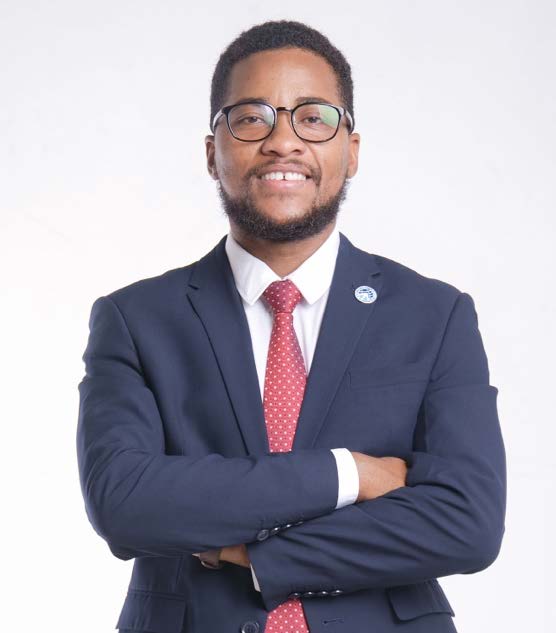
These include better access to information and access to sexual and reproductive health for trans and intersex persons, as well as sensitization of various stakeholders in order to influence positive structural and service reform in medical and legal access.
Sean is currently building leadership among the trans and intersex movement as a
developmental issue to sustain interventions of advocacy and empowerment.
